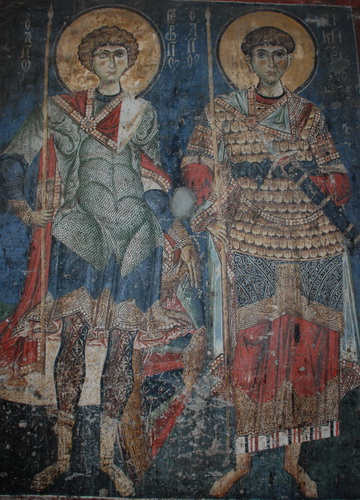 During the period of Byzantine Empire, various nations wanted to occupy its territories. Trying to organize the defence, the Byzantine cities were the basis of the political, military and ecclesiastical administration and for that reason, their fortification was a major goal of the imperial administration. More
During the period of Byzantine Empire, various nations wanted to occupy its territories. Trying to organize the defence, the Byzantine cities were the basis of the political, military and ecclesiastical administration and for that reason, their fortification was a major goal of the imperial administration. More
 In Late Antiquity and in Byzantium travelling simply for pleasure was unheard of; journeys always had a purpose, and depended on the time of year, means of transport, time, place and travelers’ financial means. During Late Antiquity, when the Byzantine Empire was very strong in both land and sea, travel destinations were not limited to the Mediterranean but extended eastwards as far as China, India and Ceylon, south to Ethiopia and north to the Black Sea. However, after the 7th century, despite the sporadic mention of some journeys to exotic places, people rarely traveled except on special missions organized to foreign countries, such as the mission to Moravia in Central Europe undertaken by brothers Cyril and Methodius. In late Byzantium Emperor Manuel II Palaeologus and his close associates got as far as England, while a daring and adventurous trader named Lascaris Cananus reached Scandinavia, the Baltic countries and Iceland. More
In Late Antiquity and in Byzantium travelling simply for pleasure was unheard of; journeys always had a purpose, and depended on the time of year, means of transport, time, place and travelers’ financial means. During Late Antiquity, when the Byzantine Empire was very strong in both land and sea, travel destinations were not limited to the Mediterranean but extended eastwards as far as China, India and Ceylon, south to Ethiopia and north to the Black Sea. However, after the 7th century, despite the sporadic mention of some journeys to exotic places, people rarely traveled except on special missions organized to foreign countries, such as the mission to Moravia in Central Europe undertaken by brothers Cyril and Methodius. In late Byzantium Emperor Manuel II Palaeologus and his close associates got as far as England, while a daring and adventurous trader named Lascaris Cananus reached Scandinavia, the Baltic countries and Iceland. More
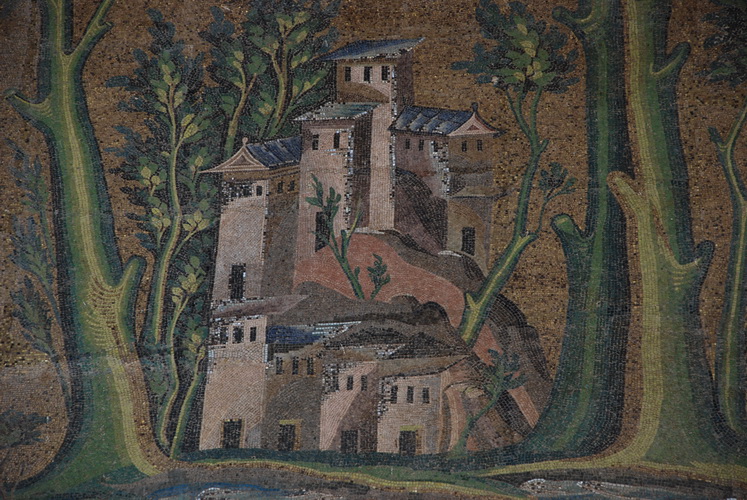 The Byzantine Empire during the first centuries of its existence consisted mostly of cities that, having survived from antiquity, were strongly influenced by the spirit of the ancient world, which was reflected in their urban structure. More than 900 cities, the largest of which was Constantinople, Alexandria and Antioch, were recorded in the East in the sixth century. The leading part that the Church and central power played in the public life, as well as the form of houses, streets and squares that were among those affected by the significant changes occurring in structures and priorities of the city were the results of the establishment of Christianity as the official religion of the state and the gradual Christianization of the cities. More
The Byzantine Empire during the first centuries of its existence consisted mostly of cities that, having survived from antiquity, were strongly influenced by the spirit of the ancient world, which was reflected in their urban structure. More than 900 cities, the largest of which was Constantinople, Alexandria and Antioch, were recorded in the East in the sixth century. The leading part that the Church and central power played in the public life, as well as the form of houses, streets and squares that were among those affected by the significant changes occurring in structures and priorities of the city were the results of the establishment of Christianity as the official religion of the state and the gradual Christianization of the cities. More
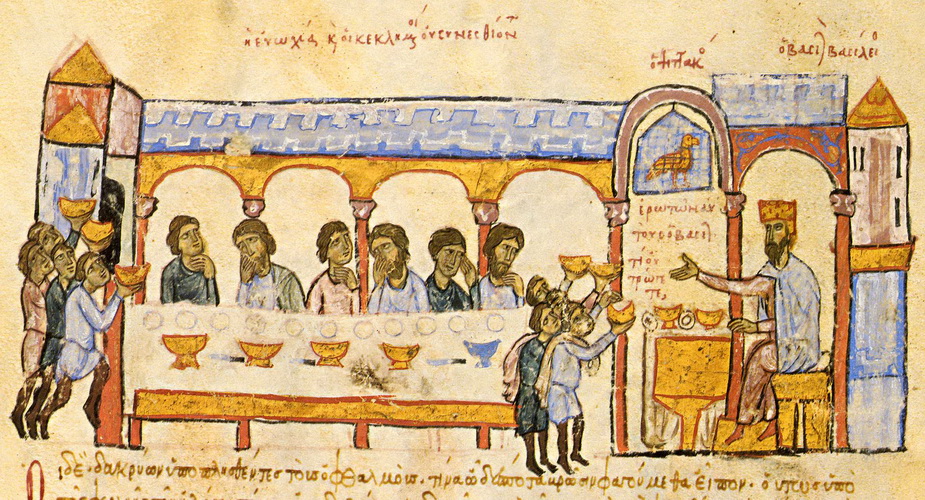 The house was without doubt the centre of private life for the Byzantines. Many variations existed, depending on the owner’s financial means, the terrain and, of course, the available space. During the early Christian period wealthy citizens continued to live in large luxurious mansions in the cities and in farmhouses in the countryside. Gradually, over the course of the centuries, houses were reduced in size and richness and often housed more than one family. Available information derives mainly from descriptions found in texts, manuscript illustrations, depictions in monumental art and archaeological remains of excavated houses. More
The house was without doubt the centre of private life for the Byzantines. Many variations existed, depending on the owner’s financial means, the terrain and, of course, the available space. During the early Christian period wealthy citizens continued to live in large luxurious mansions in the cities and in farmhouses in the countryside. Gradually, over the course of the centuries, houses were reduced in size and richness and often housed more than one family. Available information derives mainly from descriptions found in texts, manuscript illustrations, depictions in monumental art and archaeological remains of excavated houses. More
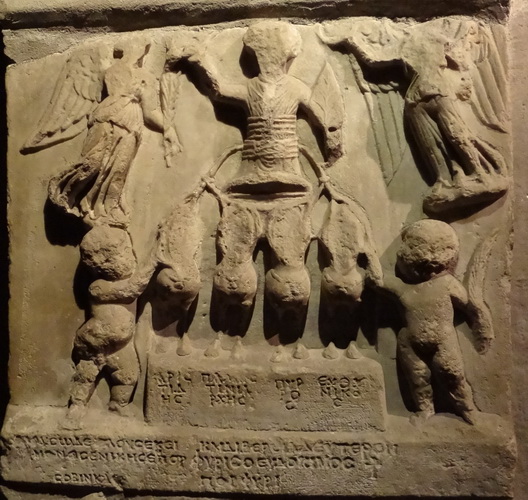 Social life was intertwined with the Church and the central government ιn the public life of the Byzantines. The major Christian holidays usually gave the opportunity for celebrations and events taking place in streets, squares and especially in churches that gradually evolved in significant places of socialization. However, especially in the big cities of the first Christian centuries, the secular amusements and spectacles performed in theaters and hippodromes were very popular, connected with social life. Although theater in Byzantium lacked the educational aspect of the ancient classical drama, it never ceased to entertain the public. More
Social life was intertwined with the Church and the central government ιn the public life of the Byzantines. The major Christian holidays usually gave the opportunity for celebrations and events taking place in streets, squares and especially in churches that gradually evolved in significant places of socialization. However, especially in the big cities of the first Christian centuries, the secular amusements and spectacles performed in theaters and hippodromes were very popular, connected with social life. Although theater in Byzantium lacked the educational aspect of the ancient classical drama, it never ceased to entertain the public. More
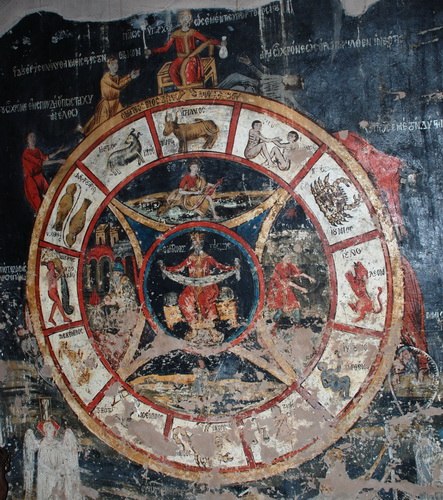 The largest contribution of Byzantium to the science is considered the continuation and preservation of knowledge of the ancient world through the reproduction of texts in the byzantine calligraphic workshops. However, the Byzantines were not limited to the copying of ancient manuscripts but they also wrote new ones where their empirical discoveries and technological achievements were reported. More
The largest contribution of Byzantium to the science is considered the continuation and preservation of knowledge of the ancient world through the reproduction of texts in the byzantine calligraphic workshops. However, the Byzantines were not limited to the copying of ancient manuscripts but they also wrote new ones where their empirical discoveries and technological achievements were reported. More
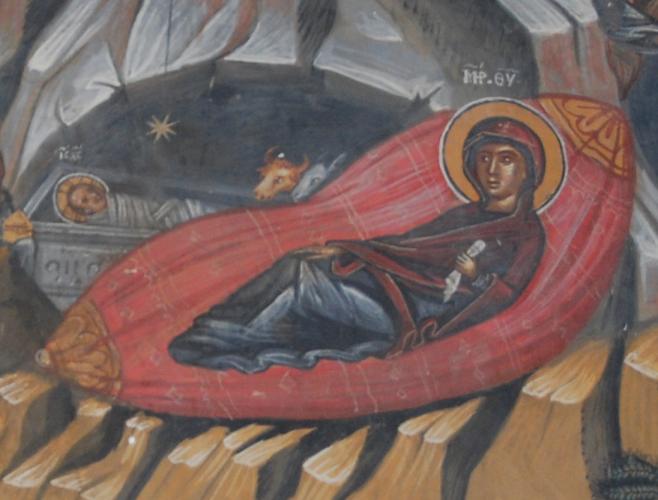 Many of the customs that existed in the life of the Byzantines followed the cycle of life from birth to death, and was closely linked with their religious traditions.The birth of a child brought great joy to the byzantine family, consummating thus the marriage. For women, who were generally considered responsible for the couple's fertility, marriage and procreation fulfilled their social purpose. The acquaintances and friends who came to congratulate the couple for the acquisition of their baby, apart from their wishes for happiness and longevity, also offered gifts such as fruits, nuts, candies, and even coins, depending on their economical status. Birth was usually celebrated with banquets, dances and songs, while the birthday was celebrated with gifts and feasts. More
Many of the customs that existed in the life of the Byzantines followed the cycle of life from birth to death, and was closely linked with their religious traditions.The birth of a child brought great joy to the byzantine family, consummating thus the marriage. For women, who were generally considered responsible for the couple's fertility, marriage and procreation fulfilled their social purpose. The acquaintances and friends who came to congratulate the couple for the acquisition of their baby, apart from their wishes for happiness and longevity, also offered gifts such as fruits, nuts, candies, and even coins, depending on their economical status. Birth was usually celebrated with banquets, dances and songs, while the birthday was celebrated with gifts and feasts. More



 The house was without doubt the centre of private life for the Byzantines. Many variations existed, depending on the owner’s financial means, the terrain and, of course, the available space. During the early Christian period wealthy citizens continued to live in large luxurious mansions in the cities and in farmhouses in the countryside. Gradually, over the course of the centuries, houses were reduced in size and richness and often housed more than one family. Available information derives mainly from descriptions found in texts, manuscript illustrations, depictions in monumental art and archaeological remains of excavated houses. More
The house was without doubt the centre of private life for the Byzantines. Many variations existed, depending on the owner’s financial means, the terrain and, of course, the available space. During the early Christian period wealthy citizens continued to live in large luxurious mansions in the cities and in farmhouses in the countryside. Gradually, over the course of the centuries, houses were reduced in size and richness and often housed more than one family. Available information derives mainly from descriptions found in texts, manuscript illustrations, depictions in monumental art and archaeological remains of excavated houses. More






